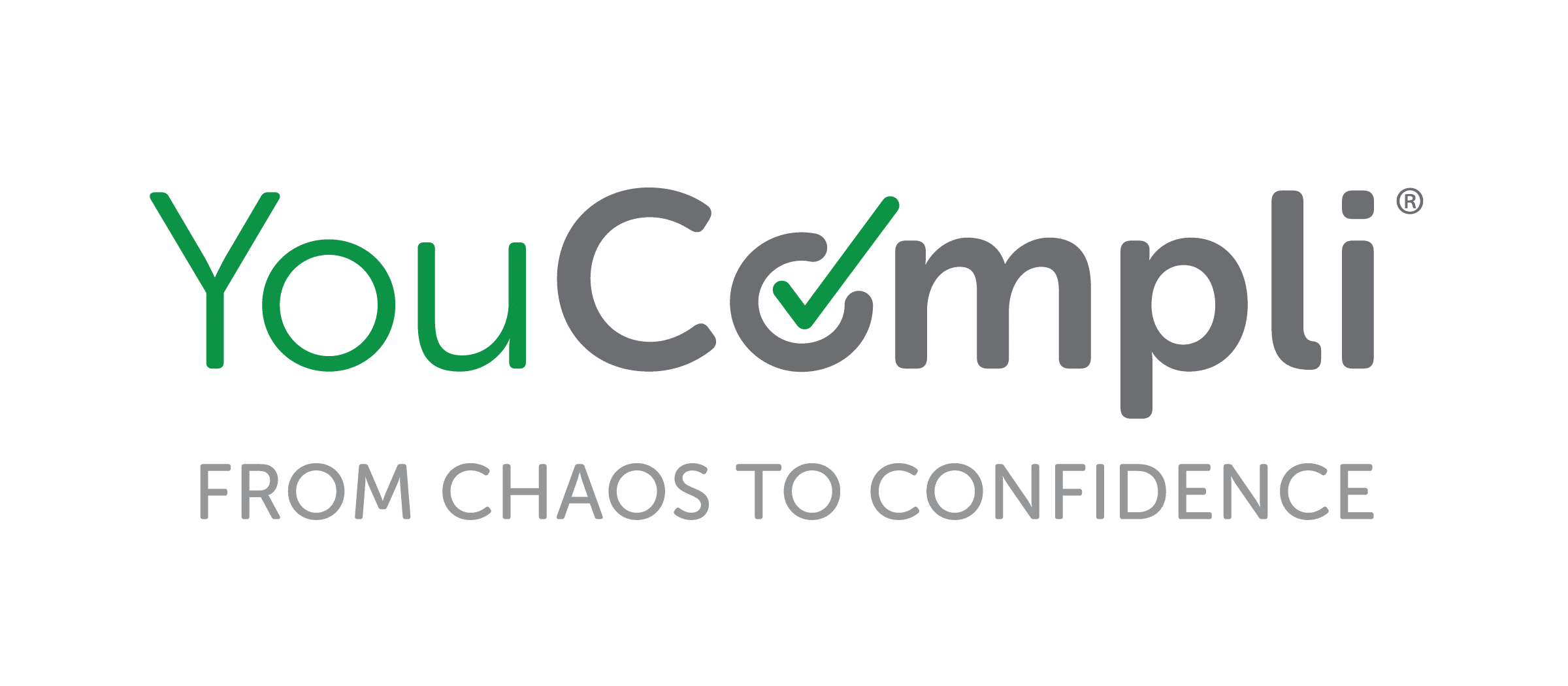“To protect patients’ privacy and adhere to federal law, compliance professionals must understand what online patient data is being tracked and used by their organization’s website, social media pages, and payment portals.”
Continue readingReversing Conventional Thinking About Compliance
Explore how compliance professionals can prove their true value in organizations, dispel misconceptions, and effectively mitigate risks. Real-world examples illustrate the tangible impact of robust compliance departments.
Continue readingThree Ways to Take a Service-Minded Approach to Compliance
“We’re continually being asked for advice to help our healthcare leaders. Essentially, we are acting as a customer service representative. For that reason, if you want to improve the culture of compliance and get those leaders’ buy-in, then make sure you’re delivering great service when consulting to them.”
Continue readingImproving Patient Care With a “Prevent, Detect, Report” Strategy
“This three-pronged strategy focuses on educating patients and staff about how to avoid misconduct. It also emphasizes training individuals on how to recognize and report FWA violations when they see them.”
Continue readingRecent Telehealth Enforcement and How to Prepare
“As healthcare fraud, waste, and abuse continues to emerge, and poses more of a risk to organizational compliance, professionals should become familiar with some of the potential areas of noncompliance associated with telehealth.”
Continue readingSignificant Upcoding Risks Emerge with Medicare Advantage
Christi Grimm, the Inspector General of HHS, gave a recent keynote address to compliance professionals. In it, she said, “Simply put, the financial incentives created by risk adjustment may be driving upcoding in the severity of diagnoses to garner additional payments.”
Continue readingHow to Sell Compliance without “Selling” Compliance
If we want to improve our organizations’ compliance culture, then we need to interact with our healthcare leaders in a way that sells compliance without “selling” compliance.
Continue readingTelehealth Enforcement Actions
“It behooves all healthcare compliance professionals to be aware of the fraud, waste and abuse risks associated with telehealth services. This mode of delivery holds great promise. For it to fulfill that promise, non-compliance needs to be rooted out and corrected.”
Continue readingUncovering $9 Million in Unbilled Services
“My success in uncovering millions of dollars in unbilled services demonstrates how revenue protection is a tangible way Compliance delivers value to healthcare organizations. It also underscores how compliance professionals make an impact across the business through building relationships, shaping culture, preventing fines, and positioning Compliance as true partner.” – Maeve O’Neill
Continue reading








